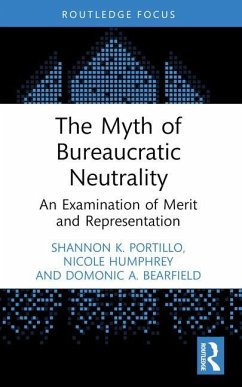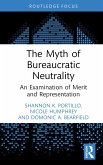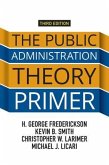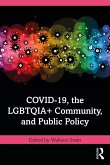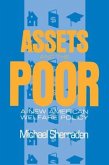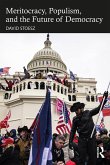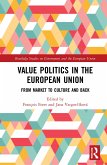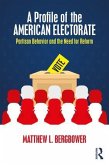In a system discredited by political corruption, the notion of 'bureaucratic neutrality' was presented during the Progressive era as strategy to restore legitimacy in government. However, bureaucratic neutrality also served as a barrier to equity in government. This book argues that neutrality is a myth that has been used as a means to oppress marginalized communities, largely disconnected from its origins within the field of public administration. A historical perspective of how the field has understood race and gender demonstrates how it has centered whiteness, masculinity, and heteronormativity in research and administrative practices, mistaking them for neutrality in public service.
Using a historically grounded positionality approach, the authors trace the myth of bureaucratic neutrality back to its origins and highlight how it has institutionalized inequity, both legally and culturally. Ultimately, the authors demonstrate that the only way to move toward equity is to understand how inequity has become institutionalized, and to constantly work to improve our systems and decision making.
With constituents across the globe demanding institutional changes in government that will establish new practices and mediate generations of inequality, The Myth of Bureaucratic Neutrality is required reading for public administration scholars, practitioners, and students.
Using a historically grounded positionality approach, the authors trace the myth of bureaucratic neutrality back to its origins and highlight how it has institutionalized inequity, both legally and culturally. Ultimately, the authors demonstrate that the only way to move toward equity is to understand how inequity has become institutionalized, and to constantly work to improve our systems and decision making.
With constituents across the globe demanding institutional changes in government that will establish new practices and mediate generations of inequality, The Myth of Bureaucratic Neutrality is required reading for public administration scholars, practitioners, and students.

